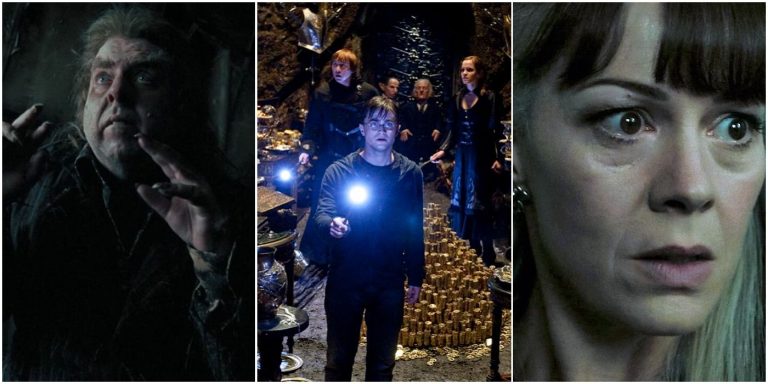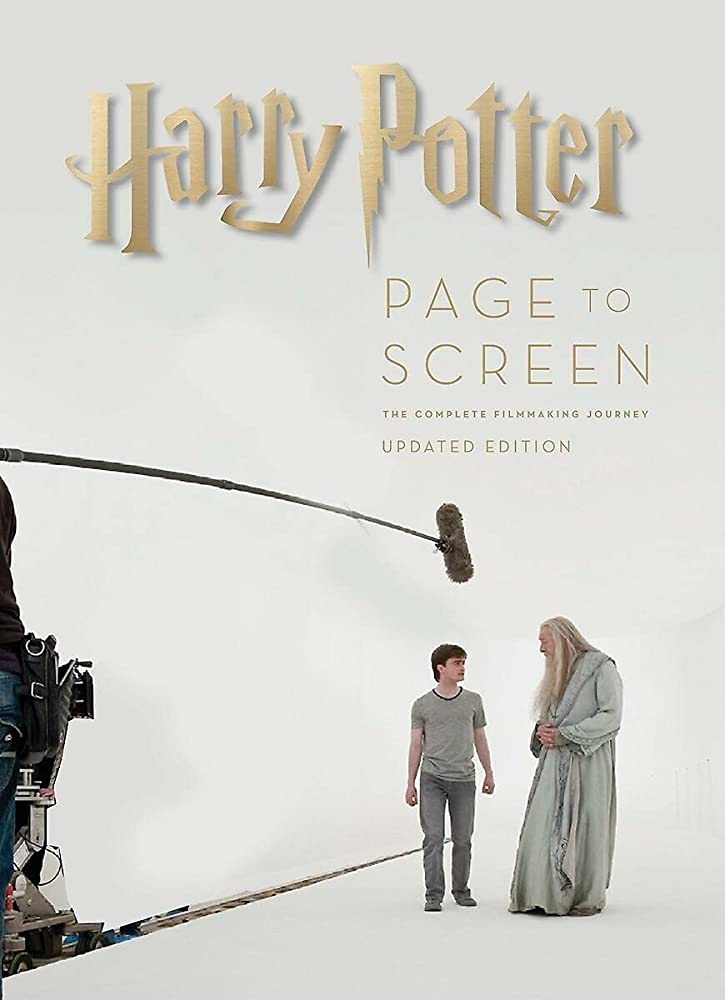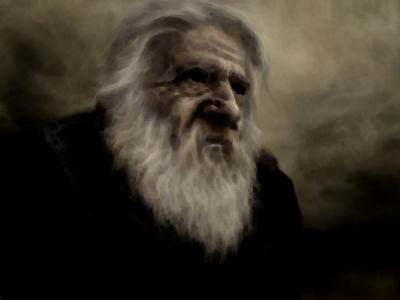Who Is The Portrait Of The Medieval Wizard?
Step into the mystical world of medieval wizards and unlock the secrets behind a captivating portrait. Have you ever wondered, “Who is the portrait of the medieval wizard?” Well, get ready to embark on a journey through time and unravel the enigmatic identity of this intriguing figure. Prepare to be spellbound as we delve into the depths of history and discover the secrets hidden within this mesmerizing artwork.
In the realm of medieval art, portraits of wizards hold a certain allure and mystique. They transport us to a bygone era, where magical powers and mythical beings were intertwined with everyday life. With their flowing robes, long beards, and penetrating gazes, these portraits evoke a sense of wisdom and otherworldly knowledge. But who exactly is the subject of these captivating artworks? In this article, we will explore the possible identities of the medieval wizard portrayed in these paintings and delve into the fascinating legends and tales that surround them.
As we embark on this quest for knowledge, we will delve into the annals of history, consult ancient manuscripts, and unravel the threads of folklore. Whether it’s the legendary Merlin, the wise and powerful advisor to King Arthur, or another enigmatic figure from the depths of medieval lore, we will leave no stone unturned in our search for the truth. So, grab your wand and prepare to be enchanted as we embark on a journey to uncover the identity of the portrait of the medieval wizard!
Unfortunately, there is no specific portrait of a medieval wizard that can be identified with certainty. During the medieval period, portraits were not commonly created, especially of mythical or fictional figures like wizards. The concept of wizards as we know them today was mainly popularized in literature and folklore. However, some medieval manuscripts and illustrations depict characters who may be considered wizard-like, such as alchemists or astrologers. These depictions vary greatly, making it difficult to pinpoint a definitive portrait of a medieval wizard.
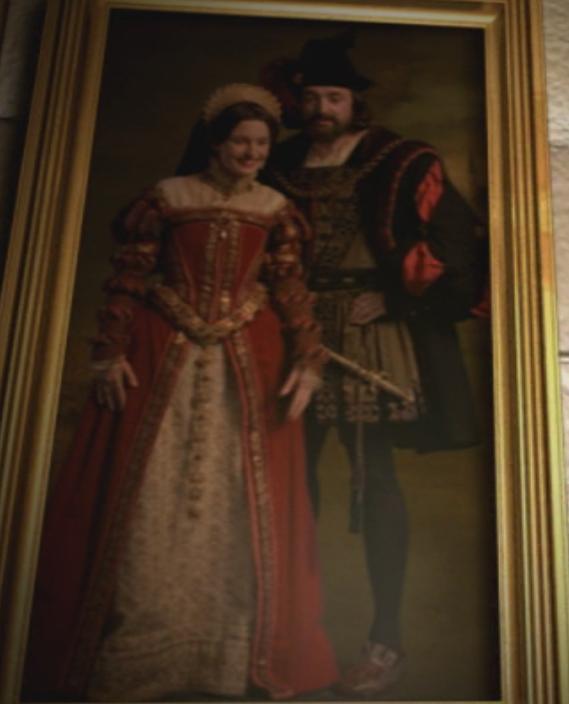
Who is the Portrait of the Medieval Wizard?
Medieval wizards have always been a subject of fascination and intrigue. Their mysterious powers, enchanting spells, and ancient knowledge have captivated the imaginations of people for centuries. But who exactly is the portrait of the medieval wizard? In this article, we will explore the origins, symbolism, and significance of the portrait of the medieval wizard, shedding light on the enigmatic figure that continues to captivate our imagination.
The History of the Medieval Wizard
The history of the medieval wizard dates back to the Middle Ages, a period characterized by its belief in magic and the supernatural. Wizards were often depicted as wise and powerful individuals who possessed the ability to harness the mystical forces of the universe. They were revered for their wisdom, knowledge, and ability to communicate with unseen realms. The portrait of the medieval wizard served as a visual representation of these extraordinary beings.
The portrait of the medieval wizard was often commissioned by wealthy and influential individuals who sought to capture the essence of these magical figures. These portraits were highly detailed and meticulously crafted, showcasing the intricate robes, long beards, and wise expressions of the wizards. They were meant to convey a sense of awe and reverence, as well as serve as a reminder of the power and wisdom that lay within.
The Symbolism of the Portrait
The portrait of the medieval wizard was not just a representation of a specific individual, but also a symbol of the knowledge, power, and mysticism associated with the world of magic. The wizards depicted in these portraits were often shown with spellbooks, wands, and other magical artifacts, representing their mastery over the arcane arts. The robes they wore were adorned with symbols and sigils, each holding a specific meaning and representing a particular aspect of their magical abilities.
Furthermore, the portrait of the medieval wizard often incorporated elements of nature and the cosmos, symbolizing the wizard’s connection to the natural world and the celestial forces. Stars, moons, and other celestial bodies were commonly depicted in the background, hinting at the wizard’s ability to tap into the energy of the universe. The use of vibrant colors and intricate details in these portraits further emphasized the otherworldly nature of these magical beings.
The Legacy of the Medieval Wizard
The legacy of the medieval wizard can still be felt today, as their image and symbolism continue to inspire and captivate. From literature and film to art and fashion, the portrait of the medieval wizard has become an iconic representation of magic and the supernatural. It has influenced countless works of fiction, serving as a visual reference for authors and filmmakers who wish to evoke a sense of wonder and enchantment.
Moreover, the portrait of the medieval wizard has also become a popular motif in modern-day culture. Many people are drawn to the mystery and allure of these ancient figures, and seek to incorporate their imagery into their own lives. From tattoos and clothing to home decor and accessories, the portrait of the medieval wizard has found its place in contemporary aesthetics, allowing individuals to connect with the magical realm in their own unique way.
The Significance of the Portrait
The significance of the portrait of the medieval wizard lies in its ability to transport us to a world of fantasy and wonder. It serves as a reminder of the power of imagination, and the limitless possibilities that lie within. The portrait invites us to explore the realm of magic, to embrace our own inner wizard, and to believe in the extraordinary.
Ultimately, the portrait of the medieval wizard is not just a depiction of a historical figure, but a window into a world of enchantment and mysticism. It reminds us of the beauty and power of the human imagination, and the enduring fascination with the magical and unknown. So, the next time you come across a portrait of a medieval wizard, take a moment to appreciate the legacy and symbolism it represents, and allow yourself to be transported to a realm of magic and wonder.
Key Takeaways: Who is the portrait of the medieval wizard?
- 1. The portrait is believed to depict Merlin, a famous medieval wizard.
- 2. Merlin was a mythical figure known for his magical powers and association with King Arthur.
- 3. The portrait showcases a bearded man wearing a pointed hat, which are common attributes of Merlin.
- 4. The identity of the artist who painted the portrait is unknown.
- 5. The portrait provides insight into the medieval fascination with magic and legends.
Frequently Asked Questions
What is the significance of the medieval wizard portrait?
The medieval wizard portrait holds great significance in the realm of art and history. Depicting a powerful and enigmatic figure, it offers a glimpse into the beliefs and practices of the medieval period. This portrait not only showcases the artistic skill of the painter but also serves as a representation of the fascination with magic and the supernatural during that time.
Furthermore, the portrait of a medieval wizard serves as a window into the social and cultural context of the era. It reflects the prevalent beliefs and the role of magic in society, shedding light on the mystical and often mysterious aspects of medieval life.
Who is the artist behind the medieval wizard portrait?
The artist responsible for the creation of the medieval wizard portrait remains unknown. Many artworks from the medieval period lack clear attribution, making it challenging to determine the exact artist behind them. However, this anonymity does not diminish the value and impact of the artwork itself.
Despite not knowing the specific artist, we can still appreciate the mastery and craftsmanship evident in the portrait. The medieval wizard portrait showcases the skillful use of color, composition, and detail, which are indicative of the artistic techniques and aesthetics of the time.
What are the characteristics of the medieval wizard portrayed in the portrait?
The medieval wizard portrayed in the portrait exhibits various characteristics commonly associated with wizards during that era. The figure is depicted wearing robes, often adorned with astrological symbols and mystical sigils. The wizard is shown holding a staff or wand, emphasizing their connection to magic and the supernatural.
Additionally, the facial expression of the medieval wizard is often portrayed as wise and mysterious, reflecting their deep knowledge and understanding of the arcane arts. The portrayal of long, flowing hair and a beard further enhances the wizard’s mystical aura and adds to the overall depiction of wisdom and power.
What symbolism is present in the medieval wizard portrait?
The medieval wizard portrait is rich in symbolism, each element contributing to the overall meaning and representation of the figure. The staff or wand held by the wizard represents their mastery over magic and their ability to harness its power. Astrological symbols and mystical sigils on the robes signify the wizard’s connection to the celestial forces and their understanding of the cosmic order.
Furthermore, the choice of colors in the portrait holds symbolic significance. Dark and deep hues often represent the mysterious and esoteric nature of the wizard’s knowledge, while vibrant and bright colors may symbolize the energy and vitality associated with magic and the supernatural.
What does the medieval wizard portrait reveal about the beliefs of the time?
The medieval wizard portrait provides insight into the beliefs and mindset of the people during that era. It reflects the prevalent fascination with magic, the occult, and the supernatural. The popularity of such portraits indicates a belief in the existence of wizards and their ability to tap into mystical forces.
Moreover, the medieval wizard portrait reveals the close association between religion and magic during the medieval period. It highlights the intertwining of Christian beliefs and mystical practices, showcasing the belief in the existence of a divine order that could be understood and manipulated through the study and practice of magic.
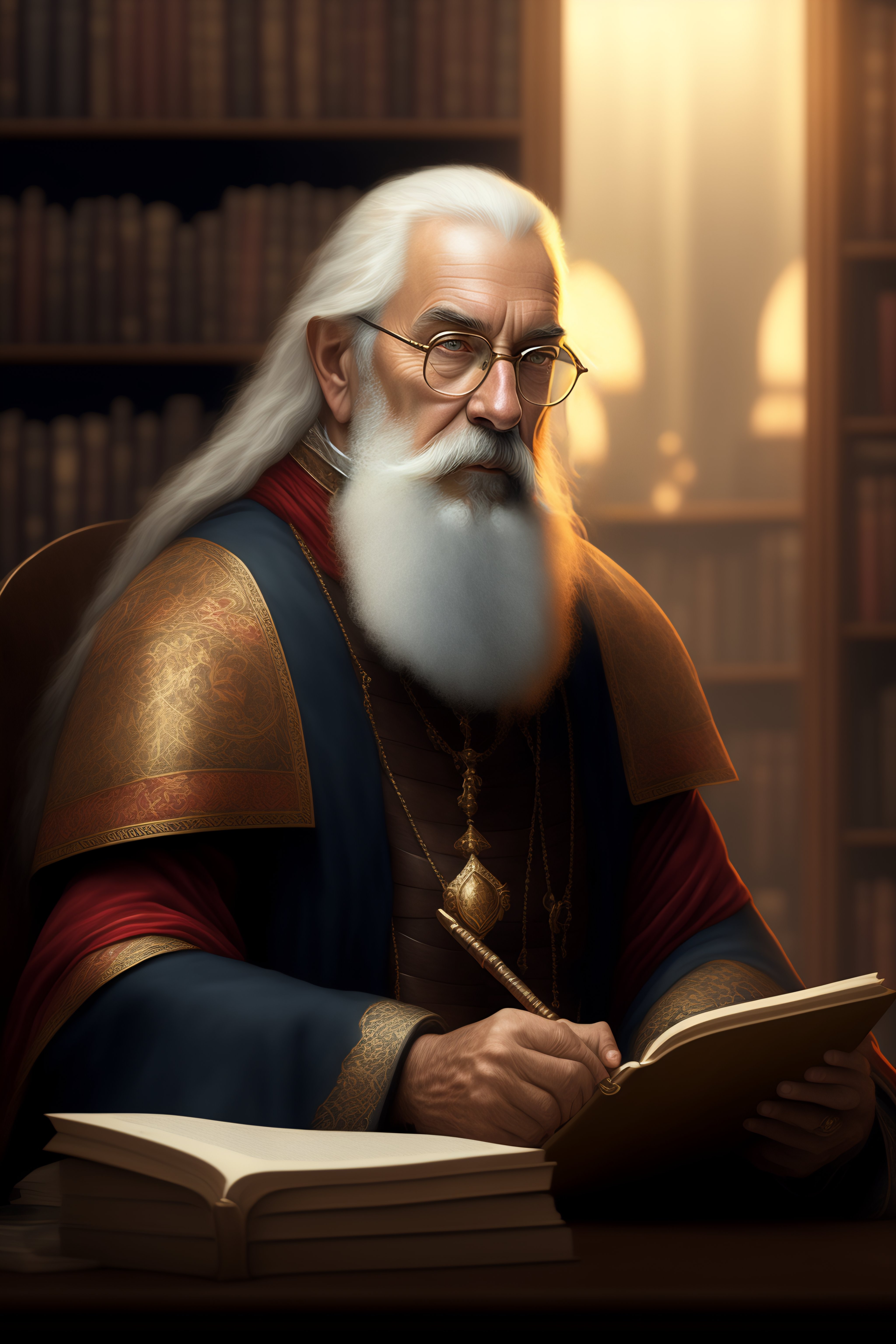
How Do Headmaster’s Portraits Work? Are They ALIVE? – Harry Potter Explained
Final Thoughts: Unveiling the Portrait of the Medieval Wizard
As we delve into the mysterious realm of the medieval wizard, we find ourselves captivated by the enigmatic portrait that lures us deeper into its secrets. Through our exploration, we have discovered that the identity of the wizard depicted remains shrouded in uncertainty. The portrait serves as a tantalizing gateway into a world of magic and wizardry, leaving us in awe of the unknown.
In our quest for answers, we have encountered a myriad of theories and speculations regarding the true identity of the medieval wizard. Some suggest that the portrait represents the legendary Merlin, the wise and powerful advisor to King Arthur. Others propose that it depicts an entirely fictional wizard from the imaginative realms of literature and folklore.
Regardless of the wizard’s true identity, the portrait itself is a work of art that speaks volumes about the medieval fascination with the supernatural. Its intricate details and mesmerizing gaze transport us to a time when magic and mysticism were woven into the fabric of everyday life. With each brushstroke and every line, the portrait invites us to ponder the secrets it holds and ignites our imagination.
In conclusion, the portrait of the medieval wizard remains an enigma, captivating our curiosity and stirring our imagination. Its allure lies not only in the mystery surrounding its subject but also in the rich tapestry of history and folklore it represents. As we gaze upon the portrait, we are reminded of the timeless fascination with magic and the enduring power of the human imagination. May this captivating image continue to inspire wonder and ignite our quest for knowledge in the realms of the unknown.


